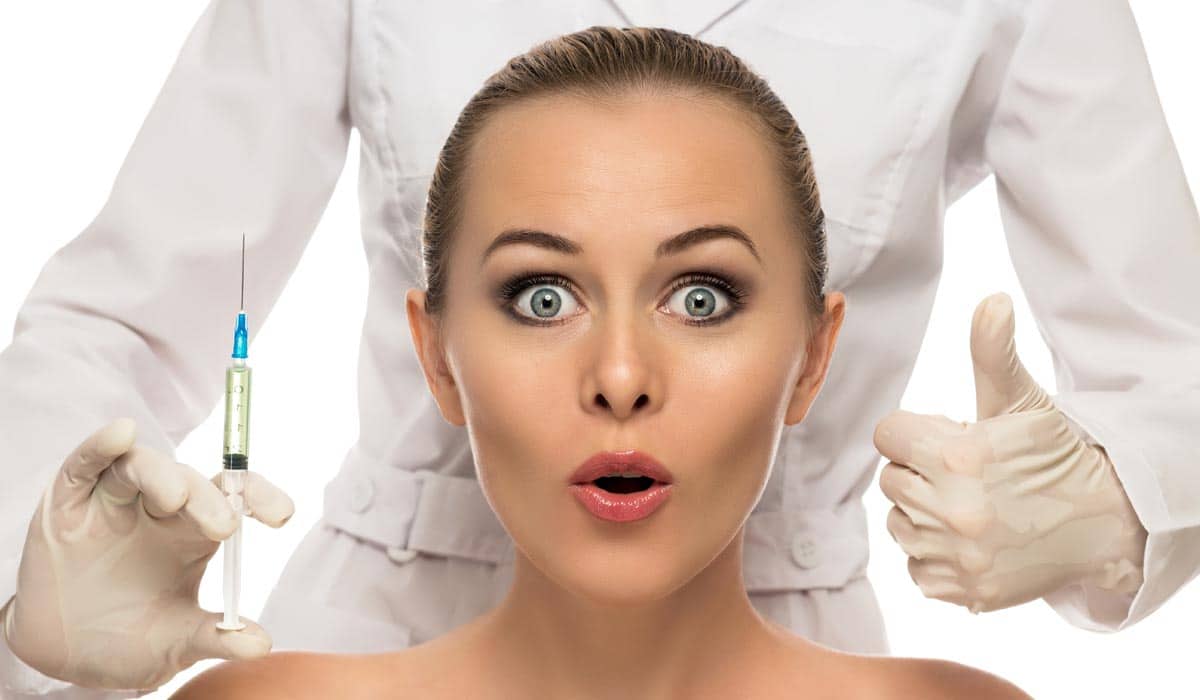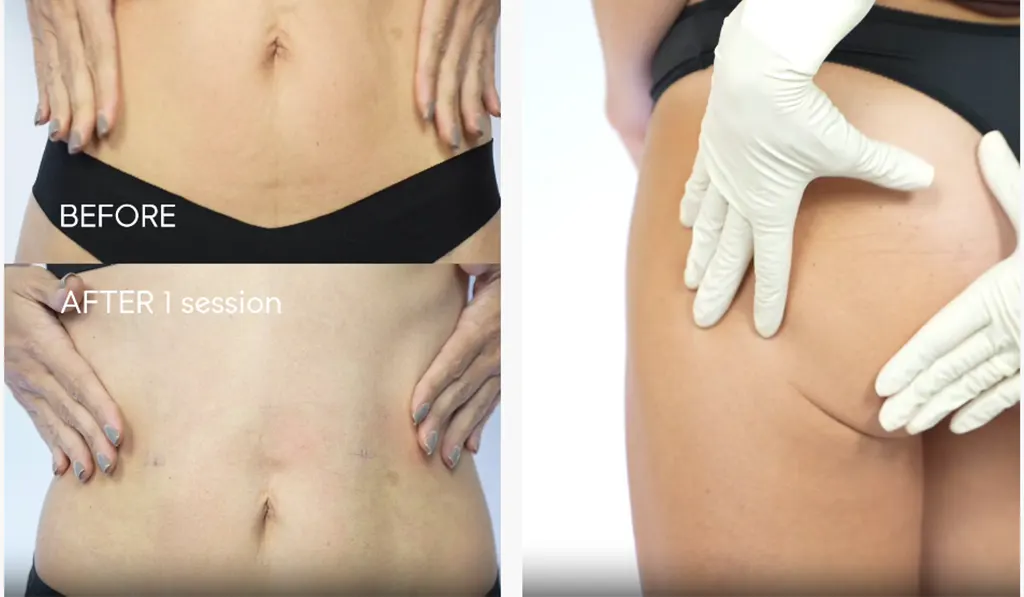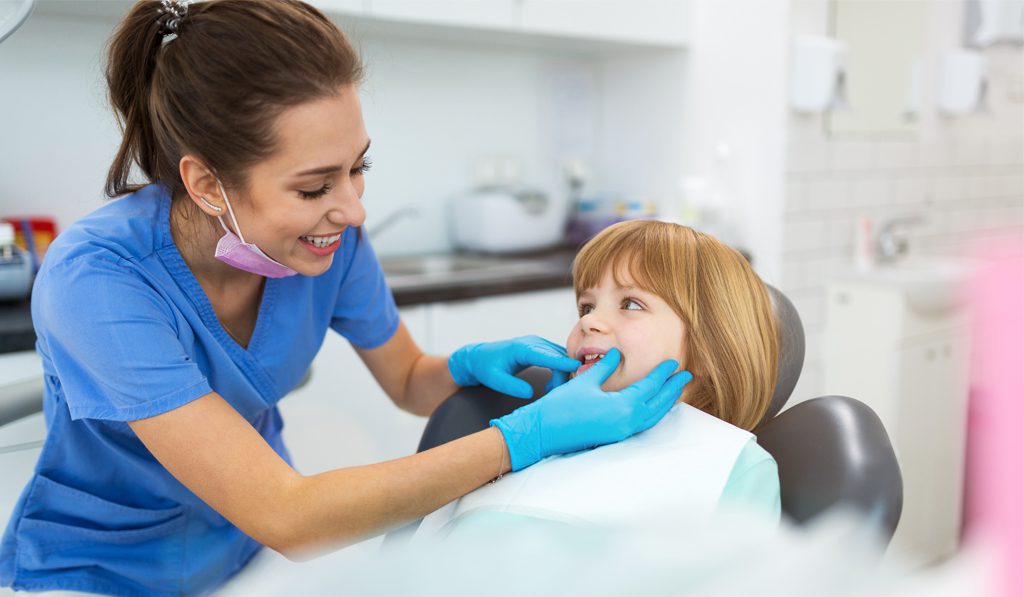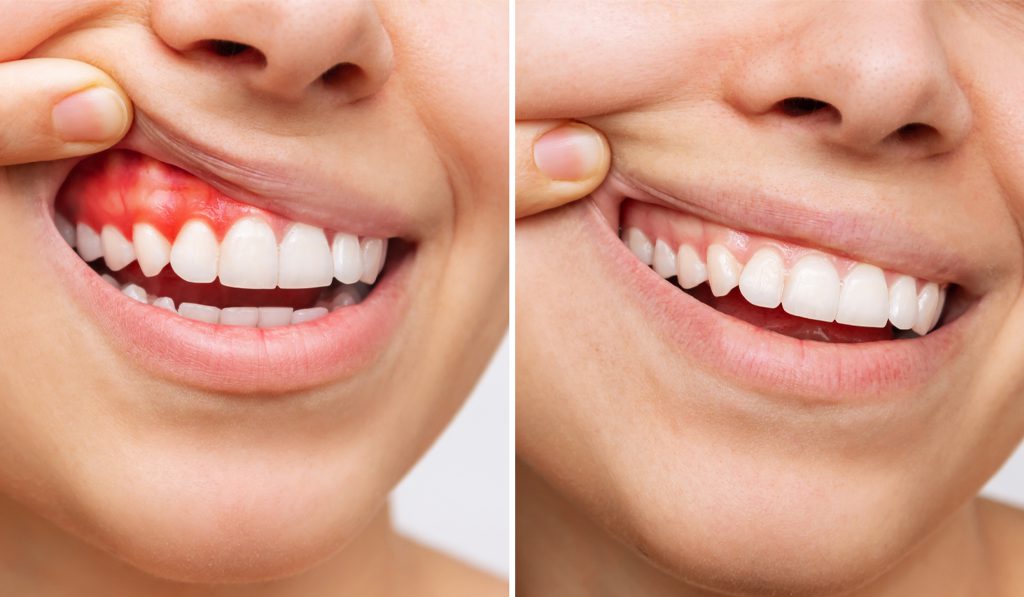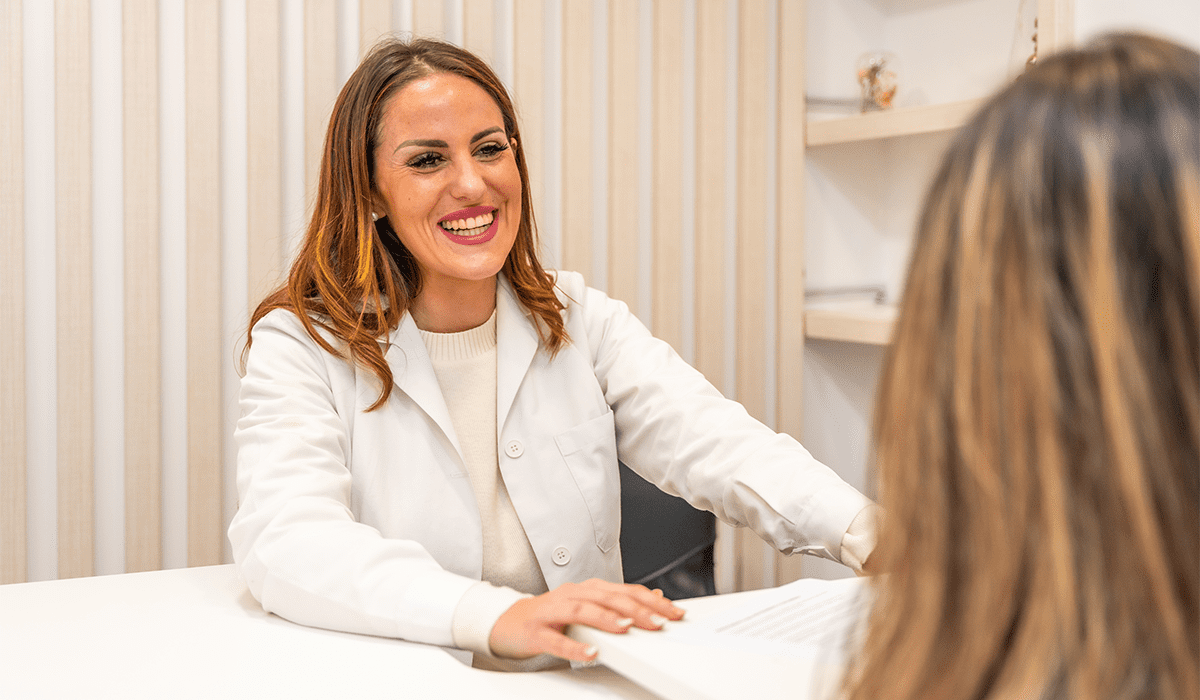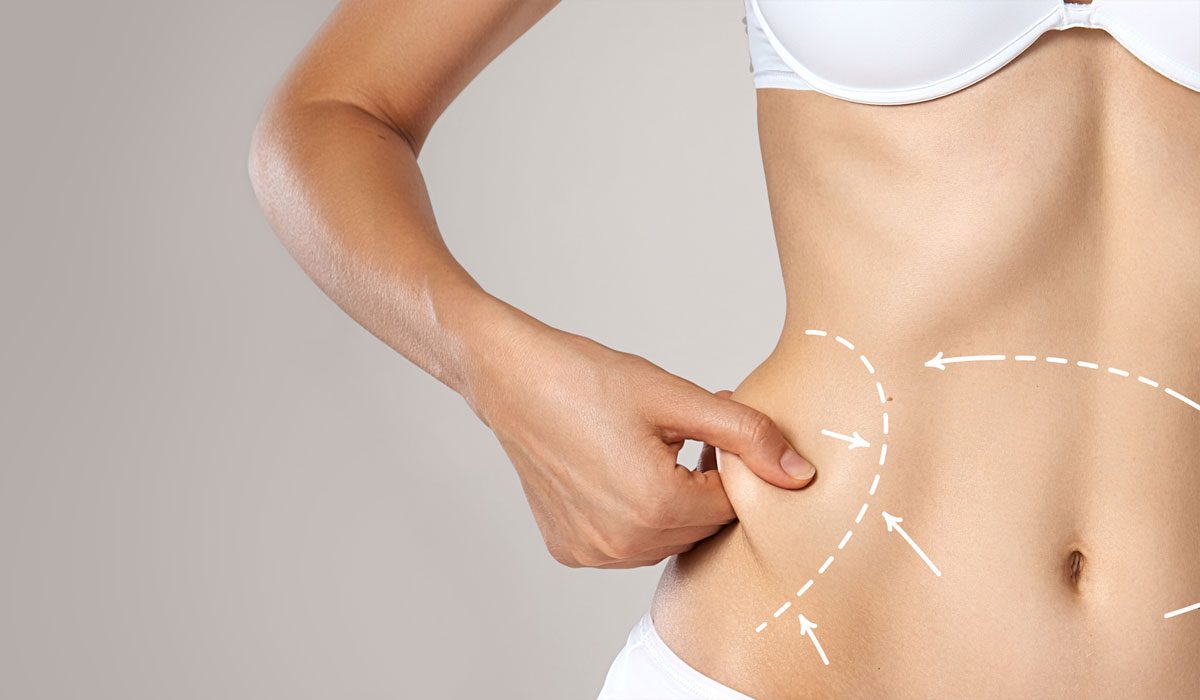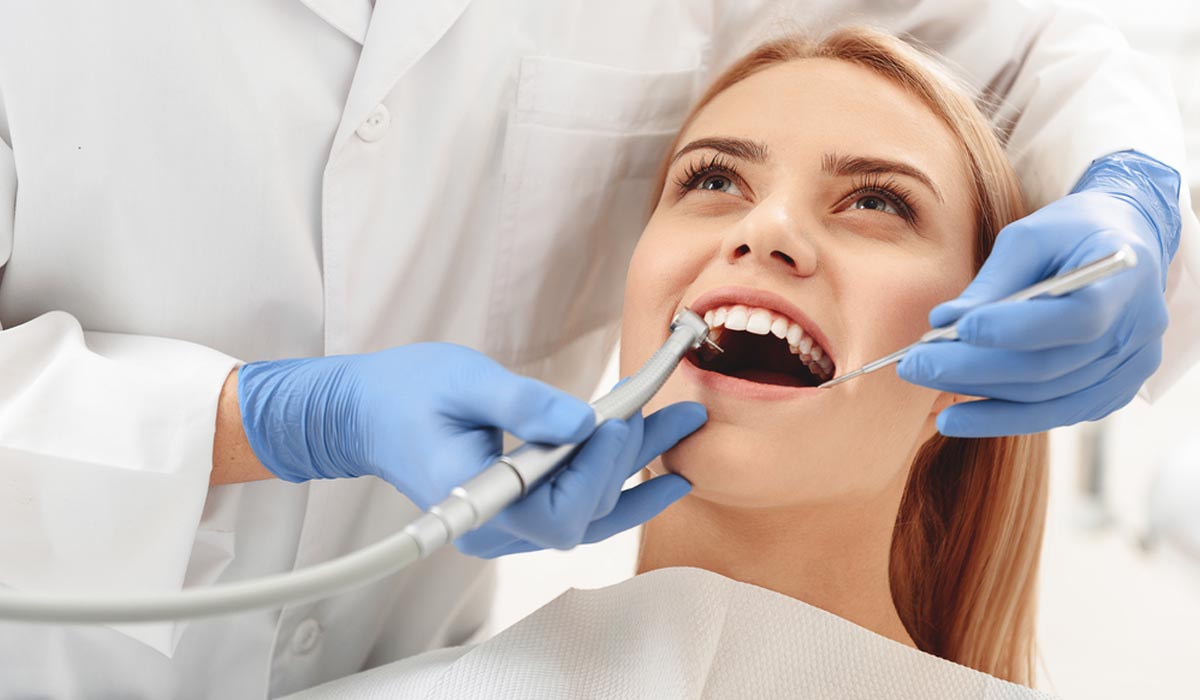Botox Treatment
Botox injections have truly emerged as the wonder drug for achieving youthful skin in the past couple of decades. The demand for cosmetic Botox treatment has grown by 878% in 2019 since its first cosmetic use in 2000. This is exponentially high, considering the staggering figures in 2000. Very few people know that its benefits and usage go way further than that. Besides reducing the appearance of facial wrinkles, it can be used to treat overactive bladders, lazy eye, muscle spasm, and even migraine.
Botox was the first drug that used botulinum toxin. The purpose was to create a drug that prevents the muscle from moving. The toxin in Botox is a neurotoxin protein that is produced by the bacteria responsible for botulism. Thanks to years of research and medicinal advancements, scientists were able to derive this toxin’s positive use.
How does Botox work?
Botox injections target the nervous system and block some chemical signals, especially that stimulates muscle contractions. It is most commonly used to relax facial muscles temporarily. Facial muscles are responsible for causing wrinkles on the forehead and area around the eyes. Botox is also used for a variety of medical purposes; some of them are mentioned below:
- Eye conditions: The neurotoxin is successfully used for treating several eye conditions such as the lazy eye (problem with visual acuity), crossed eye (misalignment of eyes), rapid eye blinking, twitching of eyes, etc.
- Chronic migraine: Botox injection can help in reducing the frequency of headaches. It got clearance in 2010 for treating chronic migraine. It was a serendipitous scientific discovery. A plastic surgeon discovered people who used Botox for aesthetic reasons, experienced lesser migraine attacks.
- Excessive sweating: Hyperhidrosis is a medical condition that causes excessive sweating. Currently, Botox injections are administered for excessive underarm sweating.
- Overactive bladder: Urinary inconsistency caused by overactive bladder can be treated with the help of Botox.
- Neck spasm: Botox has been successfully used in significantly reducing the neck pain caused by cervical dystonia.
- Cold hands: Doctors of the University of Chicago were the first people who thought of treating patients suffering from cold hands with Botox. The injection is directly administered to hand.
- Muscles contractions: Certain neurological conditions cause muscles to pull towards the centre, like cerebral palsy. In such scenarios, muscles can be relaxed with the use of Botox.
You need to understand that Botox does not treat the disease; it just works on the symptoms. Once its effect wears off, the problem might return.
Cosmetic Usage of Botox:
Botox is widely used for reducing fine lines and wrinkles. It is unarguably considered the number one minimally invasive procedure to have younger-looking skin. Even though the effects are temporary, it lasts for a considerable time, depending on the treatment type.
Aesthetic dermatologists generally use Botox for reducing almost all types of wrinkles, like:
- Wrinkles between eyes
- Wrinkles around the eyes
- Horizontal creases of the forehead
- Lines around the lips
- Wrinkles on the chin
Preparing for Botox Treatment
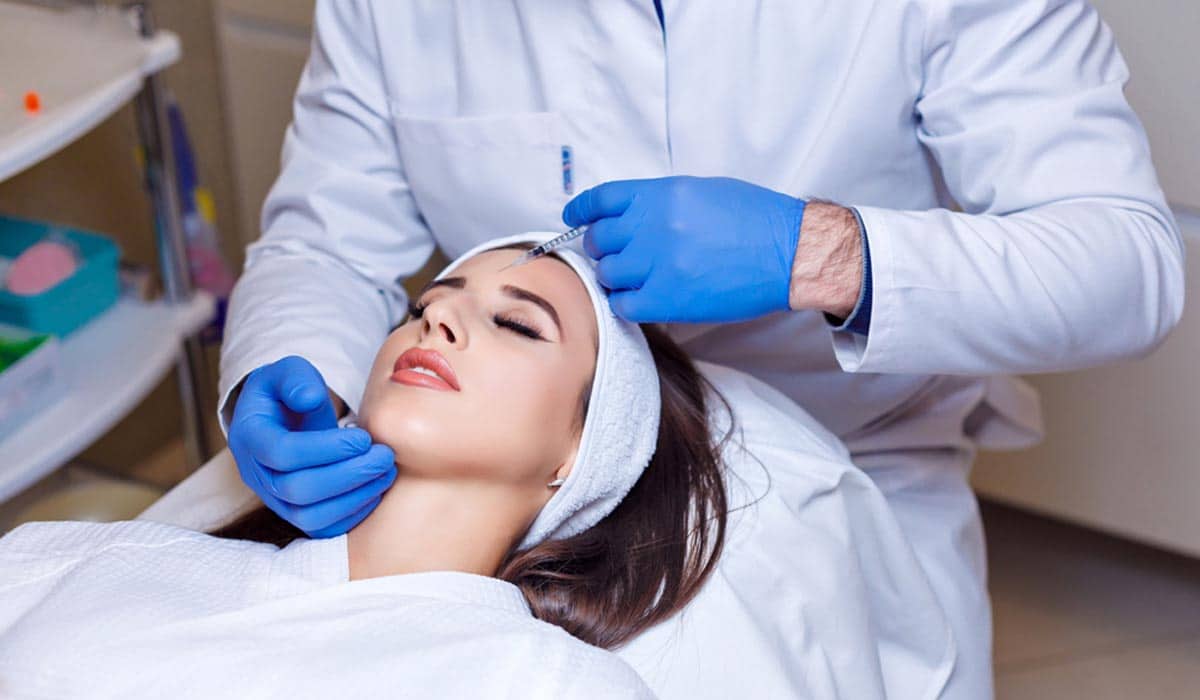
The treatment requires minimal preparation from the patient side. Moreover, if there are any, your doctor will update you during your initial appointments. The cosmetic procedures are non-surgical, involving minimal invasion. It is in-office treatment with little or no down-time. Just make sure that the treatment providers (dermatologists, nurses, and assistants) are licensed to perform the procedure.
The doctor uses thin needles and syringe to inject small amounts of botulinum toxin into the target area. The number of injections will depend on the dosage and extent of the area required to be covered. Generally, it takes 24-72 hours for the Botox to start showing its effect. On some occasions, it may even take 5 days to show complete results.
After the Procedure
Avoid touching, rubbing, or doing massage to the treated area/s for 24 hours after the procedure. Rubbing or massaging can induce the toxin to spread to a different area. However, you can return to all your routine activities with ease after the procedure.
Risks and Side Effects of Botox Treatment
Side effects of Botox are extremely rare. Most patients can easily tolerate the tiny dosage of Botox. However, depending on the reason for the procedure and the individual’s response, it may cause the following side effects:
- Bowel disorders
- Numbness
- Headaches
- Swelling or drooping of the eyelid
- Neck pain
- Blurred or double vision
- Dry and itchy eyes
- Problems in urinating
- Cardiovascular events
If in case you notice any of these problems, contact your doctor immediately.
Even after so many side-effects, Botox is still the number one choice for most people seeking skin tightening treatment. The primary reason behind this is the risks associated with it are extremely rare. Moreover, the benefits and results overshadow the side effects.
Summary
No matter how hard you try, age always catch-up. Botox can help you achieve healthier and younger-looking skin without much fuss. Botox Cosmetics is an FDA-approved drug used in the UAE to treat various medical complications and majorly for cosmetic use. The UAE has some of the most stringent rules for the usage of Botox injections. Only licensed plastic surgeons and dermatologists can administer the injection. In 2017 Ministry of Health and Prevention warned the residents about the risks of choosing back-street unlicensed injections provided by some beauticians. So, select your Botox specialist wisely and go for only reputed aesthetic dermatology clinics in Dubai.
References:
plasticsurgery.org/documents/News/Statistics/2019/plastic-surgery-statistics-full-report-2019.pdf
https://en.wikipedia.org/wiki/Botulinum_toxin

